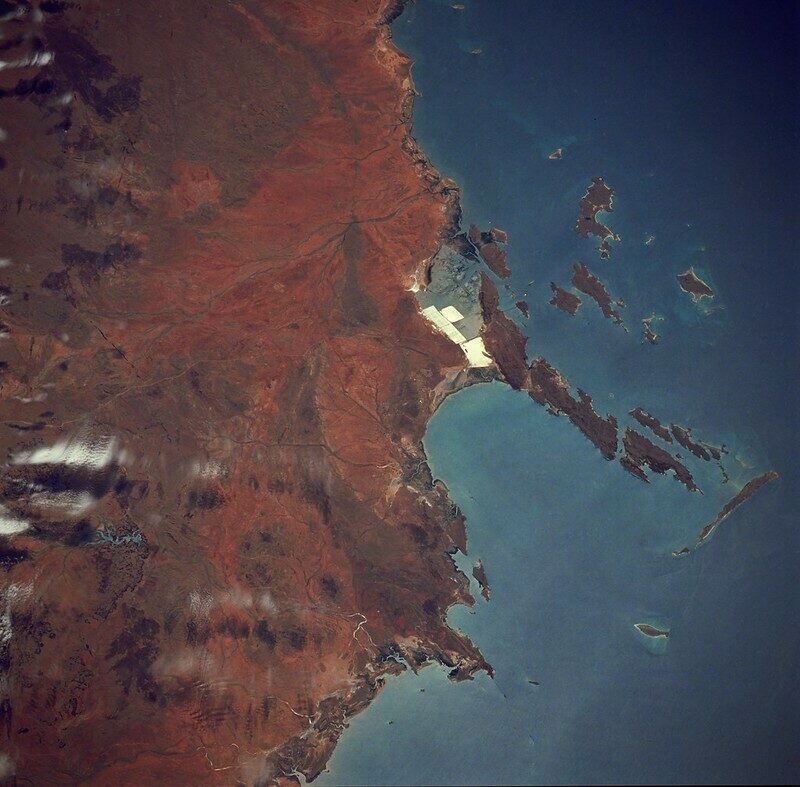Western Australia regional LNG hub plans undermine climate targets
Share

Australia’s largest liquefied natural gas producer, Woodside, plans a regional hub on the Burrup Peninsula in Western Australia, which would enable it to develop trillions of cubic feet of gas over the next decades.
Climate targets
Australia’s 2030 emission reduction target is 26-28% below 2005 levels. Projected annual emissions from the Burrup Hub by 2030 would be equivalent to about 21% of Western Australia’s 2005 emissions. This would mean that other sectors would need to reduce emissions by about 44% from 2005 levels to meet the state’s 26% reduction target.
Were Western Australia’s LNG industry to continue along the current trajectory, Australia would need to increase this target to 30.5% by 2030. Western Australia’s LNG industry as a whole would contribute 4.6%; Burrup Hub would account for 2%.
It is well established that Australia’s current emission reduction target is out of step with the Paris Agreement. In order to get in line with the 1.5°C limit in the Paris Agreement, Australia would need to cut emissions 44-61% on 2005 levels by 2030.
Emissions from the Burrup Hub project would account for 4.6-6.5% of Australia’s 1.5°C compatible pathway, which means that other sectors would need to reduce emissions by 3% more.
The Hub would have an even greater impact on other sectors in WA. The national Paris Agreement-consistent target would translate to a 49% reduction by 2030 for Western Australia. The Hub’s projected 2030 emissions are likely to make up about 41% of the state’s Paris Agreement compatible emissions pathway, so other sectors would need to reduce emissions by about 68% by 2030.
Carbon budgets
Our report finds that if the Hub were to go ahead as planned, it would take up about half (49%) of Western Australia’s carbon budget for the entire energy and industry sector to 2050. Cumulative emissions of the Hub until 2070, its expected lifetime, would take up around 80% of the state’s carbon budget.
Western Australia’s LNG industry is projected to account for 18-20% of Australia’s Paris Agreement compatible budget for the entire energy and industry sector to 2050. Barrup Hub alone would burn up around 7-10% of that budget.
The global impact of the hub would also be significant – 1% of the total global energy and industry carbon budget in line with the Paris Agreement to 2050.
The mitigation measures outlined by Woodside rely on offsetting and are completely inadequate for meeting Paris Agreements objectives. According to the Climate Analytics report, they would need to include carbon capture and storage of carbon dioxide to at least 80% level and a rapid rollout of renewable energy in LNG manufacturing.
No future for gas
Although Woodside is betting on an indefinitely growing appetite for LNG in Asian markets, Paris Agreement compatible pathways show that the demand for natural gas in the power sector in Asia is likely to peak by around 2030 and then decline to close to zero in the following two decades.
This entails a major transition risk of stranded carbon assets combined with a lack of preparedness for job losses and economic dislocation.
The mitigation measures described above could be coupled to a transition strategy for the LNG industry and feed positively into the growth and establishment of an export hydrogen market, a much safer bet for Australia.











